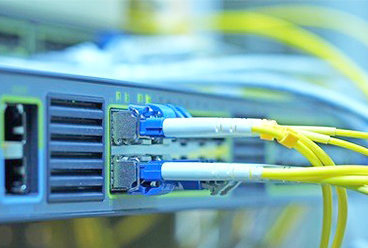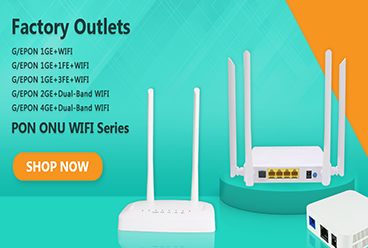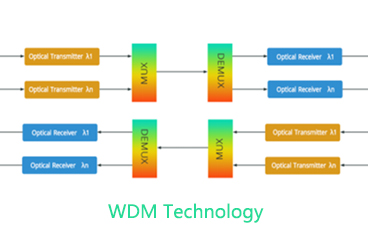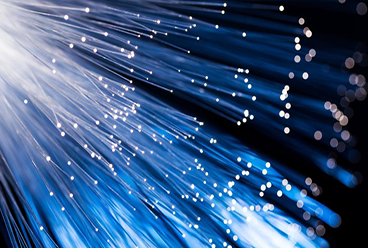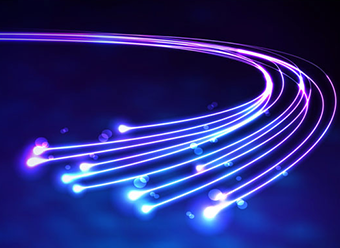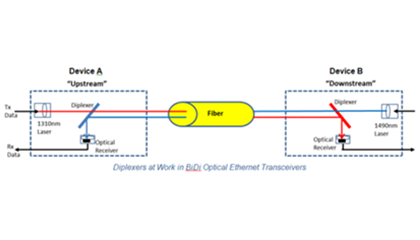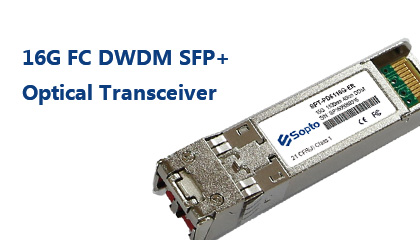Optical fiber is suitable for long-distance transmission. Generally, the transmission distance of single-mode fiber is more than 10 kilometers, and the transmission distance of multi-mode fiber can reach up to 2 kilometers. In the process of fiber optic network transmission, we usually use a device called an fiber media converter. What is the fiber media converter? What role does fiber media converter play in fiber optic network?
The fiber media converter can extend the Ethernet transmission distance and expand the Ethernet coverage radius. In addition, the fiber media converter can switch between the 10M, 100M or 1000M Ethernet electrical interface and the optical interface, and fiber media converter are generally used in pairs as photoelectric conversion equipment, but it is also normal to pair fiber media converter with fiber optic switches, fiber media converter and SFP fiber media converter. In principle, as long as the optical transmission wavelength is the same and the signal is packaged Optical fiber communication can be realized if the format is the same and all support a certain protocol.
Generally, single-mode dual-fiber (two fibers are required for normal communication) media converter are not divided into transmitter and receiver, as long as they appear in pairs, they can be used. Only single-fiber media converter (one fiber is required for normal communication) will have a transmitting end and a receiving end.Both dual-fiber media converter and single-fiber media converter must be used in pairs, and different brands are compatible and interoperable. But the speed, wavelength, and mode need to be the same.That is to say, different speeds (100M and 1000M) and different wavelengths (1310nm and 1550nm) are not allowed to communicate with each other.
What is the single-fiber media converter and what is the dual-fiber media converter?
Single-fiber media converter use single-mode optical fiber, and use only one core. Both ends are connected to this core. The media converter at both ends use different optical wavelengths, so they can transmit optical signals in one core.The dual-fiber media converter uses two cores, one for transmitting and the other for receiving, one end is transmitting and the other end must be inserted into the receiving port.
● Single-fiber media converter
The single-fiber media converter needs to realize both the transmitting function and the receiving function. It uses wavelength division multiplexing technology to transmit and receive two optical signals of different wavelengths on a single optical fiber. The single-mode single-fiber media converter is transmitted through a single-core optical fiber, so the transmitted and received light are transmitted through the same optical fiber core at the same time. In this case, two wavelengths of light must be used to distinguish between normal communication.
Therefore, there are two wavelengths of light emitted by the optical module of a single-mode single-fiber media converter, usually 1310nm/1550nm, so there will be a difference between the two ends of the interconnection of a pair of media converter, the media converter at one end transmits 1310nm and receives 1550nm. The other end is transmitting 1550nm and receiving 1310nm, So it is convenient for users to distinguish, usually letters are used instead. There will be A end (1310nm/1550nm), B end (1550nm/1310nm). The user must be paired with AB, not AA or BB connection. Only single-fiber media converter are used at the AB end.
● Dual-fiber media converter
The dual-fiber media converter has TX port (transmitting port) and RX port (receiving port). Both ports transmit the same wavelength of 1310nm and receive 1310nm. Therefore, two parallel optical fibers are cross-connected when wiring.
How to distinguish between single-fiber media converter and dual-fiber media converter?
There are currently two ways to distinguish between single-fiber media converter and dual-fiber media converter,
● When the fiber media converter is embedded with the fiber optic module, the fiber media converter is divided into single fiber media converter and dual fiber media converter according to the number of fiber cores of the connected fiber patch cord. The linearity of the fiber patch cord connected to the single-fiber media converter is one fiber core, which is responsible for both transmitting and receiving data; and the linearity of the fiber patch cord connected to the dual-fiber media converter is two fiber cores. One fiber core is responsible for transmitting data, and the other fiber core is responsible for receiving data.
● When the fiber media converter has no built-in optical module, it is necessary to distinguish whether it is a single-fiber media converter or a dual-fiber media converter according to the fiber optic module inserted. When the single-fiber bidirectional fiber optic module is inserted in the fiber media converter, that is, the interface is a simplex type, the fiber media converter is a single-fiber media converter; when the fiber media converter is inserted with a dual-fiber bidirectional fiber optic module, that is, the interface is a duplex type, the fiber media converter is a dual-fiber media converter.
According to the application scenarios of fiber media converters, we divide fiber media converters into the following categories.
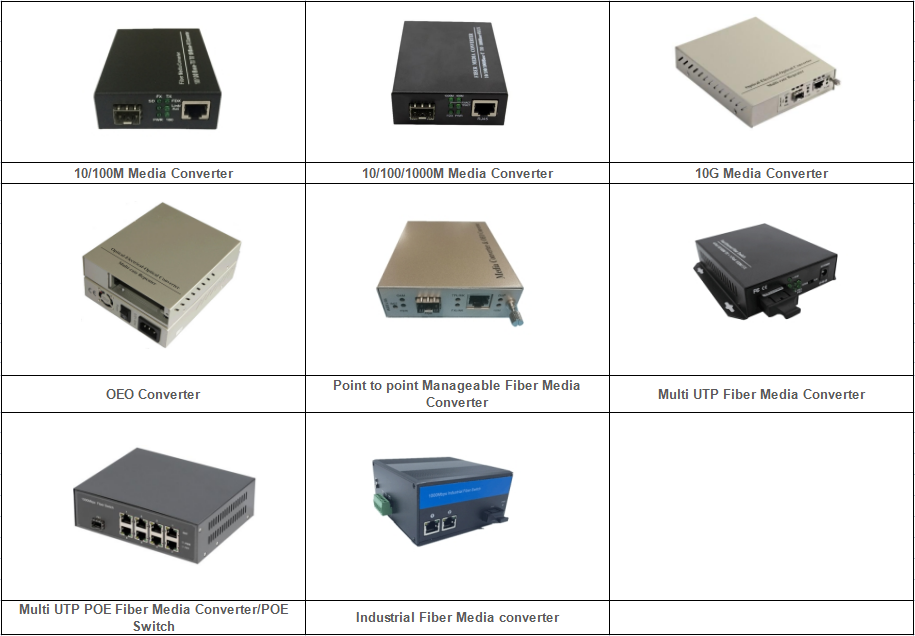
Tags : fiber media converter, media converter, ftth, single fiber, dual fiber
— END —




